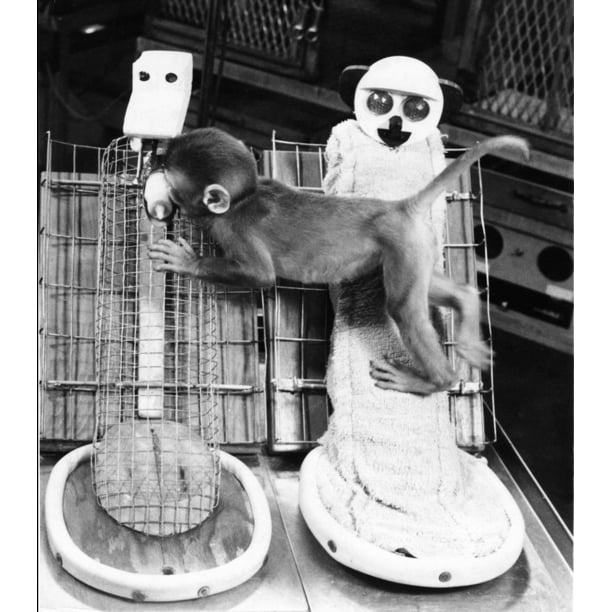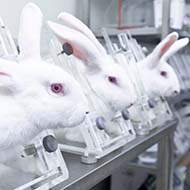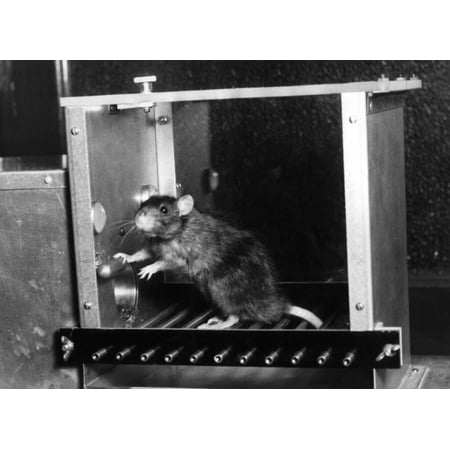Do you seek for 'animal testing 18'? You will find your answers right here.
Table of contents
- Animal testing 18 in 2021
- Why animal testing should be banned
- Animal testing pros and cons
- Animal testing cosmetics
- Peta animal testing
- Animal testing statistics
- Cosmetic testing on animals articles
- Types of animal testing
Animal testing 18 in 2021
 This image representes animal testing 18.
This image representes animal testing 18.
Why animal testing should be banned
 This image shows Why animal testing should be banned.
This image shows Why animal testing should be banned.
Animal testing pros and cons
 This image illustrates Animal testing pros and cons.
This image illustrates Animal testing pros and cons.
Animal testing cosmetics
 This picture shows Animal testing cosmetics.
This picture shows Animal testing cosmetics.
Peta animal testing
 This picture demonstrates Peta animal testing.
This picture demonstrates Peta animal testing.
Animal testing statistics
 This image demonstrates Animal testing statistics.
This image demonstrates Animal testing statistics.
Cosmetic testing on animals articles
 This picture illustrates Cosmetic testing on animals articles.
This picture illustrates Cosmetic testing on animals articles.
Types of animal testing
 This picture demonstrates Types of animal testing.
This picture demonstrates Types of animal testing.
What are the guiding principles of animal testing?
Most scientists and governments state that animal testing should cause as little suffering to animals as possible, and that animal tests should only be performed where necessary. The "Three Rs" are guiding principles for the use of animals in research in most countries.
What does the term animal testing refer to?
What is animal testing? The term “animal testing” refers to procedures performed on living animals for purposes of research into basic biology and diseases, assessing the effectiveness of new medicinal products, and testing the human health and/or environmental safety of consumer and industry products such as cosmetics, household cleaners, ...
What are the side effects of animal testing?
And that’s one of the scariest aspects of animal testing (beyond, of course, the treatment and suffering of the animals). A core notion in animal testing is that it isn’t “perfect”. The side effects that might impact a rabbit or a rat thanks to a chemical added to a certain hand cream might not occur in a human.
How many animals are used in animal testing?
Even though many gains have been achieved with this effort, an estimated 100 million animals are still held in captivity and exposed to potentially toxic substances in the name of human safety. Numerous species are used for the testing processes. 85% of the animal population being held for this work are rats, mice, fish, reptiles, and amphibians.
Last Update: Oct 2021